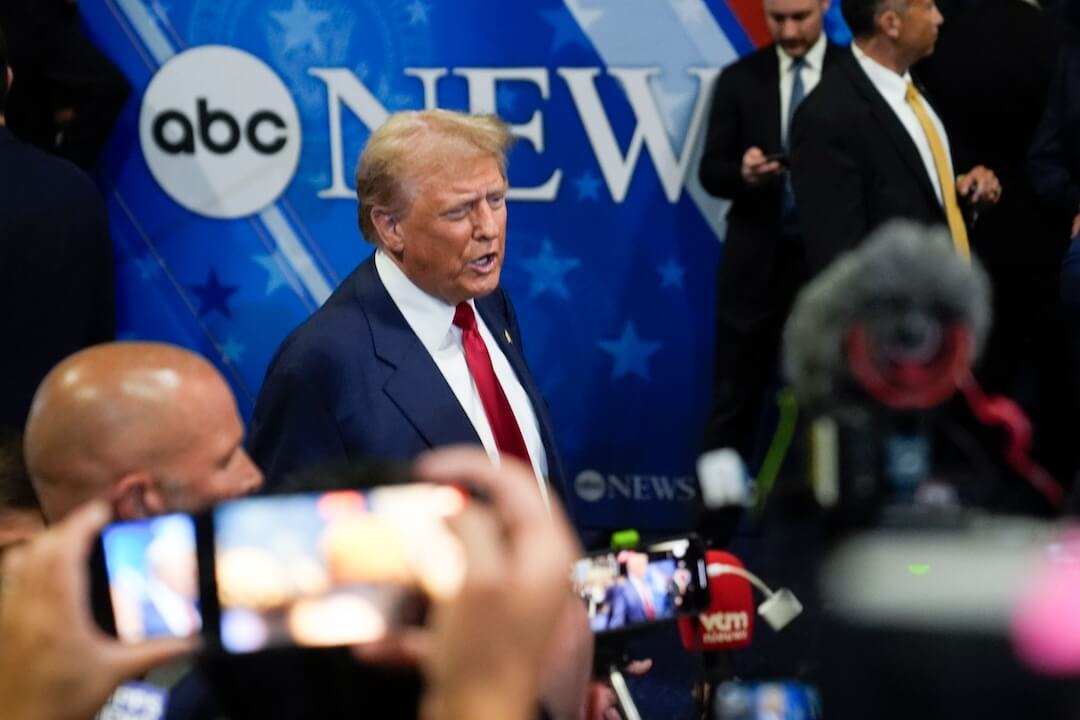In Kenya, if you didn’t like the results of the presidential election, the joke went, change the channel. News stations were tallying results manually, projections were neck and neck, and who was winning — then-Deputy President William Ruto or former Prime Minister Raila Odinga — depended purely on which station you were watching. The live tallying of the news stations was supposedly a gesture of transparency, which is why many Kenyans were outraged Thursday night when stations suddenly paused the tally with about 10% of the vote still to count, giving varying justifications for doing so.
This state of affairs, of course, left open a giant door for mis- and disinformation to spread, with supporters and officials on both sides claiming victory long before the count was finished, preemptively priming their bases to challenge results. (In previous years, post-election riots have resulted in dozens of deaths.)
Nina Lamparski, head of digital investigation in Africa for Agence France-Presse, detailed some of the trends in false information ahead of the election.
“Campaigners for the two main candidates, William Ruto and Raila Odinga, circulated dozens of posts seeking to discredit the rival camp with accusations of vote rigging,” Lamparski said.
Though disinformation during elections is far from novel in Kenya, according to Lamparski, “it has grown more sophisticated in both its substance and distribution channels.”
Lamparski said false information was generally increasing on all social media in Kenya, but particularly on TikTok. This trend has been well documented by foreign media.
“Regarding the vote tallying pause, international observers and civil rights groups like Amnesty International expressed concern about the spread of disinformation during the long wait for results. The delay saw the emergence of fake poll results. We found false early tallies were being shared on WhatsApp, Facebook and Twitter,” Lamparski said.
On Twitter, a ubiquitous alert warned, “The Kenyan Independent Electoral and Boundaries Commission might not have called the election results when this was tweeted.”
The Kenya Human Rights Commission telegraphed its concern of bad actors using misinformation to mobilize their political bases and Twitter flagged numerous instances of top Kenyan political leaders prematurely claiming victory for their side before the votes were tallied. Alerts were present under tweets from Kenyan secretary generals, senatorial candidates, senior advisors, prominent lawyers and former gubernatorial candidates.
“There was false information put out in the form of manipulated newspaper front pages or fabricated screenshots of television broadcasts,” said Alphonse Shiundu, the editor of Africa Check, a South African-based fact-checking organization whose work spans the continent. “The targeting of media content for manipulation is a big deal in Kenya because the media is one of the most trusted institutions in the country. Therefore, by riding on that credibility momentum, the peddlers of mis- and disinformation hoped to get through to a wide number of people. It didn’t help that most of the credible media houses had their content behind paywalls.”
William Ruto is now the President-elect of Kenya, taking 50.5% of the vote. And predictably, Odinga — who has now run and lost presidential bids more than five times — is rejecting the results, vowing to challenge them in court.







